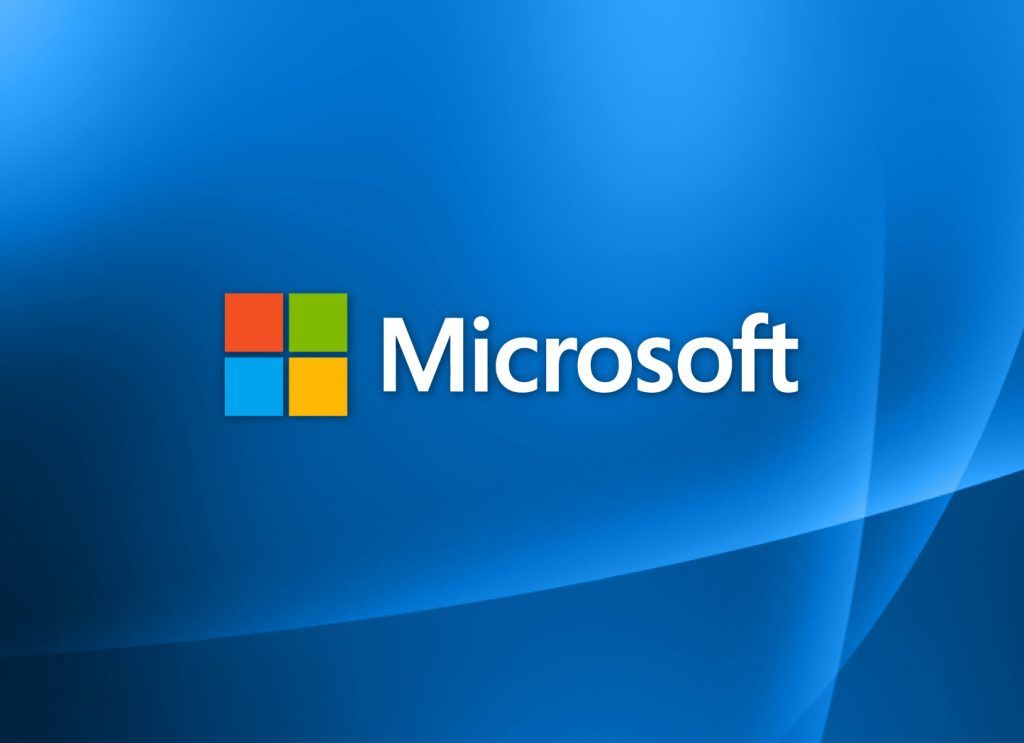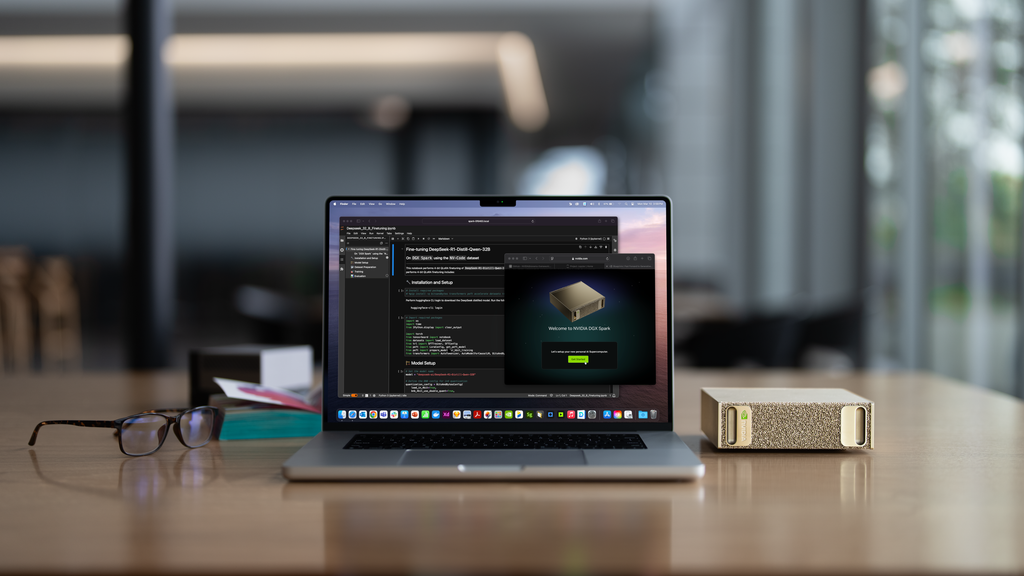
Microsoft officially ends support for Windows 10 today. The system, which has been the foundation of millions of computers for years, is now going down in history – but that doesn't mean your PC will suddenly stop working. On the contrary: Windows 10 will remain fully functional, however, it will no longer receive any security updates.
And this is where the problem arises – the absence of patches means an increasing risk of malware. Fortunately, there is a solution that will allow you to gain an additional 12 months of protection. We are talking about Extended Security Updates (ESU), or extended security support. Contrary to earlier announcements, Microsoft has enabled this programme in many countries (including Europe) to be accessed completely free of charge.
Three options after the end of support for Windows 10
If you are using Windows 10, you now have three options:
Upgrade to Windows 11 – if your computer meets the hardware requirements.
Buy a new computer with Windows 11 pre-installed (or switch to alternatives, such as macOS or a Chromebook).
Stay with Windows 10 and enable Extended Security Updates, which will provide security updates for another year.
This last option is the easiest way to buy yourself some time.
How to enable Extended Security Updates on Windows 10
Step 1: Check if you have an up-to-date system
Go to Settings → System → About and see what version of the system you have. If you do not have the latest one – download all available updates for Windows 10.
Step 2: Make sure you are using an administrator account
You must be logged in as an administrator. You can check this in Settings → Your info – the label Administrator should appear under your account name.
Step 3: Check if your computer qualifies for Windows 11
If you see the option to upgrade to 'Eleven' – it's worth taking advantage of it. This is a free upgrade and offers full security. However, if your hardware does not meet the requirements, proceed to the next step.
Step 4: Sign up for the ESU programme
Go to Settings → Update & Security, and then select 'Enroll now' for the Extended Security Updates option.
If you do not see this option, update the system to the latest version.
Step 5: Choose a registration method
You have several options, but the simplest (and free) is copying settings and linking the account to Microsoft’s cloud.
For users in Europe, this option is completely free – no subscription or card is required.
In the USA, the free version is linked to a OneDrive account and includes 5 GB of cloud storage (beyond this limit, additional payment is required). In Poland, there is no such limitation – you can simply add the device to the supported list and click “Add device” → “Done”.
What next?
That's it – your computer is protected again. You have a year of peace before Microsoft definitively ends support for ESU as well.
Until then, you can decide whether to upgrade to Windows 11 or perhaps choose a completely different system.
 Katarzyna Petru
Katarzyna Petru












